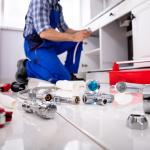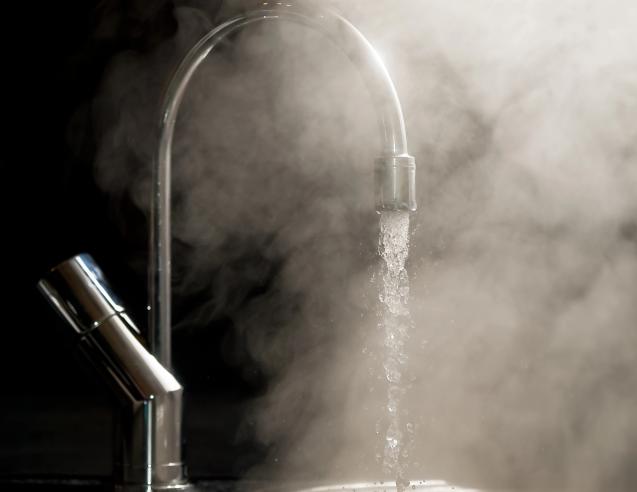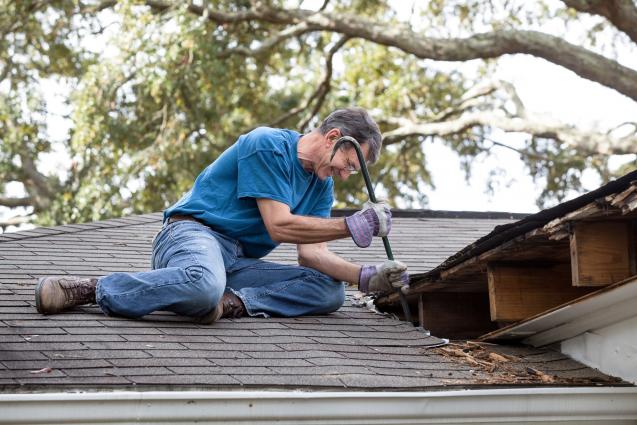
The Ultimate Guide to Water Leak Prevention in Your Home
Understanding the Common Causes of Home Water Leaks
A significant factor affecting the plumbing systems of a house is the natural wear and tear that over time, depreciates the rigour of the materials leading to potential leaks. Ageing pipes progressively weaken, leading to cracks and holes that can cause leakages if not timely addressed. Intense weather conditions also contribute to this deterioration. For instance, rapid temperature changes can cause the pipes to contract and expand leading to the formation of fissures.
Incorrectly installed or inherently faulty appliances also culminate into water leaks. Accumulated condensation, improper connections and worn-out seals in appliances such as dishwashers, washing machines or refrigerators often remain unnoticed until they manifest as water leaks. Moreover, problematic home structures, like cracks in the walls or foundations, inadequate waterproofing, or improperly sealed windows and doors can also instigate water leaks. Therefore gaining knowledge and staying vigilant about these possible sources of leakage could avert severe house damage.
How to Identify Water Leaks in Your Home
An abrupt rise in your water bill decoupled from a proportional increase in water usage can be a strong indicator of a possible water leak. Visible signs such as damp spots, discolouration, bubbling or peeling of paint on walls, ceilings, tiles or even cabinets often signal a hidden water leak. The presence of mould and mildew in damp corners, especially where plumbing is predominant like bathrooms, kitchen, laundry rooms, basements etc could also point towards hidden leaks. Unpleasant musty odours prove as additional flags, signalling dampness and mould spurred by leaks.
Regular and methodical inspections of your home are instrumental for timely leak detection and rectification. Emphasis should be bestowed on commonly affected areas such as showerheads, faucets, sinks, dishwashers, washing machines, water heaters and toilet flanges, since these are frequently subject to high water usage and subsequent wear. The advent of modern tools and technologies, such as a thermal imaging leak detector or even simple moisture metres has tremendously simplified leak detection. Engaging these tools can help identify the precise location of potential leaks and expedite their resolution.
Routine Maintenance to Avoid Water Leaks
Preventative maintenance is a prudent approach to safeguard your home against water leaks. Regular inspection of your plumbing system, including visible and concealed pipes, should be performed to spot any early signs of wear, rust or leakage. Do not overlook small drips or moisture, as these minor issues often precede full-fledged leaks. Replacing old, rusted or worn-out pipes can save you from substantial water damage in the long run.
The proper maintenance of home appliances including routine checks and service is equally critical. Ensure timely replacement of old hoses, consistently clean the filters and check for any loose fittings, especially in appliances such as washing machines, dishwashers and refrigerators.
Regular inspection of hose bibs, seals, joints, and showerheads help pinpoint potential leakage points and sealing them immediately curbs the risk of leakage. And of course, engage a professional plumber for annual or bi-annual inspections of your entire plumbing system. They can inspect your plumbing deeply, foresee potential issues and provide appropriate preventative recommendations.
Effective DIY Measures for Water Leak Prevention
There are strategic measures homeowners can take to avert water leaks themselves. Insulating your pipes in colder climates prevents freezing and subsequently prevents cracking and bursting that could occur from the pressure of freezing water.
Similarly, understanding the correct installation and use of home appliances could eliminate many chances of leakage. A plethora of water leak detection devices are now available in the market. These gadgets can alert you even of slow leaks, allowing you to act quickly to prevent further damage.
Tapes and sealants are quite handy to fix minor leaks temporarily until professional help arrives, which should not be delayed for serious and persistent leaks.
When and How to Consult with a Professional Plumber
Despite our best efforts, some water leaks can't be solved with DIY methods and demand professional intervention. If you encounter untraceable leaks, larger and recurring leaks, low water pressure, sewer leaks or if it's time for your annual plumbing inspection, it's advisable to hire a professional plumber.
Select a reliable and experienced plumber with solid reviews and recommendations. Professional plumbers possess specialised tools, knowledge and experience that enable them to diagnose and fix leaks effectively. Their involvement also guarantees that your home plumbing adheres to regulatory codes and they'll also be indispensable in ensuring your water leak claim is accepted, should the need arise.
Conclusion
To conclude, water leak prevention is vital for maintaining a safe, healthy and dry living environment. It demands a blend of understanding the common causes, being able to identify early signs, performing regular preventative maintenance, applying effective DIY measures and engaging professional help when required.
Remember, prevention is better than cure, so don't procrastinate until there's a severe problem. Begin these preventative measures now so that you and your loved ones can continue to enjoy a safe and leak-free home environment. Armed with the knowledge from this guide, confidently move forth and apply these strategies to build a secure and disaster-resilient future for your home.



